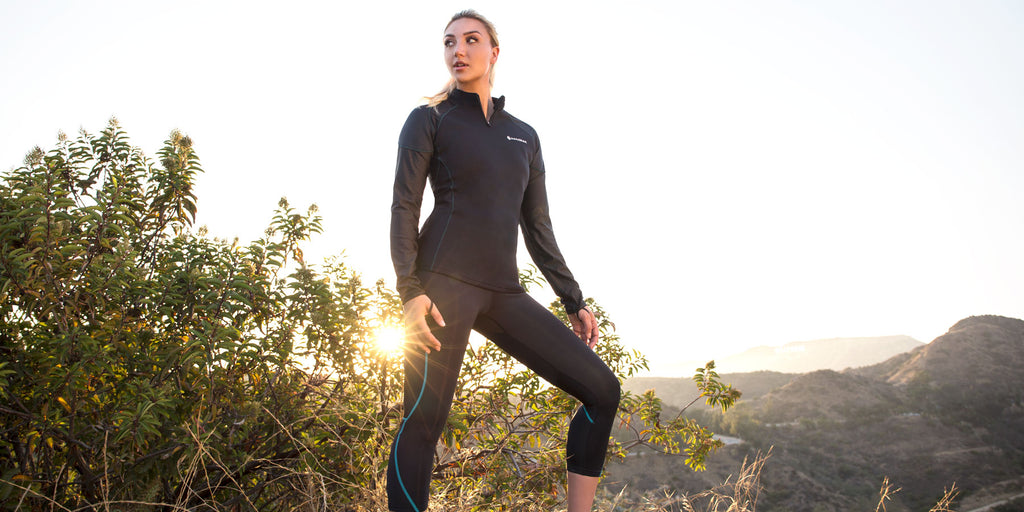- Home
- Shop709 Blog
- How to Choose the Right Compression Gear
How to Choose the Right Compression Gear

With an increased interest in fitness and health over the last decade, more and more studies are being done that prove the effectiveness of wearing compression garments. But how do you know how to select the right type? Any brand can throw the word “compression” on the packaging—what’s the best way to test and select the gear that’s best for you?
The first step to understanding what to look for in compression gear is understanding how it works. Although there is still some debate in the fitness industry around the topic, multiple studies have shown that compression garments help to constrict the smaller, thinner veins on the outer circumference of the muscle, therefore pushing the blood into the larger veins that lead to the heart.
Forcing the blood back to the heart not only makes your workout more efficient, it also creates less post-workout soreness, according to some studies. By squeezing the muscles and keeping them in place, the garments minimize muscle oscillation (or muscle movement), creating less damage and allowing for a quicker recovery.
All this to say—choosing the right compression garment is really important if you want to reap its benefits. You can’t just slip on a pair of tight leggings and call it a day.
The first thing to look for when you’re searching for compression clothing is, obviously, compression. But not just typical workout gear tightness. Basically, the tighter it is while still being able to move, the better. You shouldn’t feel like you’re going to pass out, but it should also take some time to take it off.
Another key element to look for in quality compression gear is a graduated constraint with the strongest compression being at the end of your limb. For example, if you’re wearing compression leggings, they should be tighter at the ankle than they are around your thigh. This helps force that blood upward toward your heart.
Finally, compression gear comes in tons of different types. When choosing which one’s best for you, consider the type of activity you’ll be doing, as well as the environment you’ll be in. Many compression garments come with cooling technology if you live in a hot climate, and there are plenty of other features that are available as well, including thermal layering or reflective material.
Aside from the need for maximum compression, choosing the right workout gear really depends on your lifestyle and needs. Take time to try on plenty of styles and sizes and get a feel for what works best for you.






Comments 0